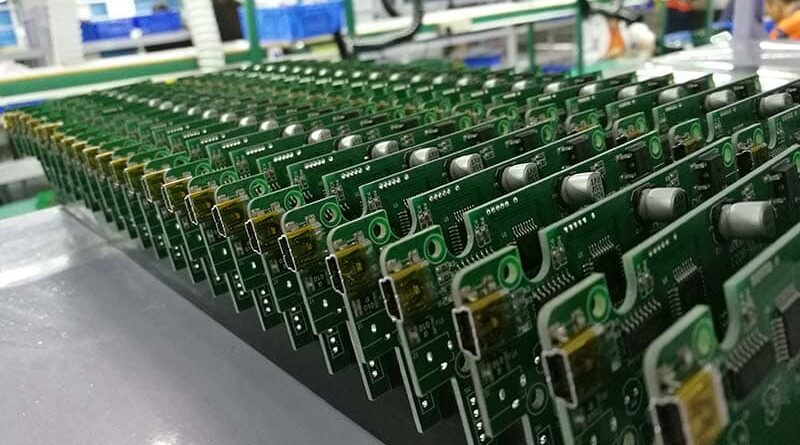How to Choose the Right Substrate Material for Your PCB
Choosing the right substrate material is critical in PCB design as it directly affects the board’s electrical performance, thermal management, and mechanical durability. With various substrate materials available, selecting the most suitable one depends on factors such as operating environment, signal integrity, cost, and intended application. This article provides a comprehensive guide to help you choose the best substrate for your PCB needs.
Understanding PCB Substrates
A PCB substrate is the base layer that provides mechanical support and electrical insulation between conductive layers. Common substrates in PCB making are made from materials with different electrical, thermal, and mechanical properties.
Common Types of PCB Substrate Materials
1. FR-4 (Fiberglass Epoxy Resin)
- Description: The most widely used substrate material, consisting of woven fiberglass and epoxy resin.
- Key Properties:
- Dielectric constant (Dk): ~4.5
- Good electrical insulation
- High mechanical strength
- Moderate thermal conductivity
- Best For: General-purpose PCBs, consumer electronics, and low-to-moderate frequency applications.
2. Polyimide (PI) Substrates
- Description: A high-performance polymer offering superior thermal stability.
- Key Properties:
- High-temperature resistance (~250°C+)
- Flexible and durable
- Good chemical resistance
- Best For: Aerospace, automotive, and flexible PCBs (FPCs).
3. Ceramic Substrates
- Description: Composed of materials like aluminum oxide (Al2O3) and aluminum nitride (AlN), offering excellent thermal properties.
- Key Properties:
- High thermal conductivity
- Low dielectric loss
- High-frequency suitability
- Best For: RF/microwave circuits, high-power applications, and harsh environments.
4. Metal-Core PCB (MCPCB) Substrates
- Description: Uses metal layers (typically aluminum or copper) for enhanced heat dissipation.
- Key Properties:
- Excellent thermal management
- High mechanical strength
- Limited flexibility
- Best For: LED lighting, power electronics, and automotive applications.
5. PTFE (Teflon) Substrates
- Description: A low-loss, high-frequency material used for RF and microwave PCBs.
- Key Properties:
- Low dielectric constant (~2.1)
- Minimal signal loss
- High-frequency stability
- Best For: High-speed digital circuits, RF communication, and radar systems.
Factors to Consider When Selecting a Substrate
1. Electrical Performance
- Dielectric constant (Dk) and dissipation factor (Df) impact signal integrity and propagation speed.
- Lower Dk is preferred for high-speed and RF applications.
2. Thermal Management
- Materials with high thermal conductivity prevent overheating.
- Metal-core PCBs and ceramics are ideal for high-power applications.
3. Mechanical Strength & Flexibility
- Rigid substrates (e.g., FR-4, ceramic) provide durability.
- Flexible materials (e.g., Polyimide) are suitable for dynamic applications.
4. Cost Considerations
- FR-4 is cost-effective for most applications.
- High-performance materials (e.g., PTFE, ceramics) come at a premium but are necessary for specialized applications.
5. Environmental & Compliance Requirements
- Ensure the material meets industry standards such as RoHS, UL 94V-0 (flammability rating), and IPC specifications.
Conclusion
Selecting the right PCB substrate material is crucial for ensuring optimal performance, reliability, and cost-effectiveness. Assess your application’s electrical, thermal, mechanical, and budgetary needs before making a decision. Whether it’s an affordable FR-4 for consumer electronics or a high-performance PTFE for RF circuits, the right substrate ensures your PCB meets its intended requirements efficiently.
Would you like assistance with a specific PCB design challenge? Feel free to reach out!




